What could advertising look like in 2020 and what do we need to do to prepare for it? 🔮
Originally penned for: The Wharton Future of Advertising Program and excerpts published in Beyond Advertising: Creating Value Through All Customer Touchpoints
What could advertising look like in 2020?
A. Culture breeds innovation
Advertising has always been a formula. With some applied calculus and a dash of imagination, the function of marketing becomes integral to the entire equation. However, things have changed and the formula has become a little more volatile due to a larger variable overlooked, the culture of things.
“People don’t mind being sold to if they understand why it’s happening and enjoy the process.”
—Jeff Goodby
Quick set of questions helps determine where the future is going.
Ready?
Are you addicted to cocaine? No? Good.
Do you have an addictive personality? No? Even better.
Now tell me how many of you could go one day without your connected devices? That’s what I thought, more important than anything. The first thing is admitting you have a problem ;)
Near the beginning of 2013, the average mobile user consumed 15mb of content. It’s said that in 2020 we will each be consuming a whopping 1gb of content daily! And it should come as no surprise that ¾ of that will be comprised of video. Video will be no doubt the preferred medium in the future, nearly everyone on this planet will have the capability to create and capture their own content. It won’t require effort to have a curated feed into your world keeping you informed and entertained. The imposing of brands into our world will be no longer and will now be given choice and involved in the process. It will seamlessly integrate into our phygital preferences.
In this fabric of technology, tides shift, power sways and companies rise and fall in popularity in what seems like a blink of an eye. The companies that are taking matters into their own hands and risking big are now producing the content themselves and winning big. Content production will continue with ginormous growth. The new era before us will be the state of ‘You” - you will be curating your own content and producing it throughout your day, seamlessly. That’s what we want, right?!
What do people want? That’s the single most important question campaigns and their metrics have been trying to solve. We forget to just ask people what they want. More input, less stalking I say. Instead, we comb through KPI’s to ascertain what predictive trend advertisers can implement to garner the lifetime loyalties of these newfound cult(ure) enthusiasts? Rubbish.
In order to plan where we’re going we must take inventory of where we have been and the wisdom transmuted. The solution is one word, phenomenology.
Phenomenology (from Greek: phainómenon “that which appears”; and lógos “study”) is the philosophical study of the structures of subjective experience and consciousness.

The ultimate experiment began when Shepard Fairey printed the sticker, Andre the Giant Has a Posse, and created the street art and viral marketing legend that began in 1989. An army carried out the distribution of the message, or should I say, a community of skaters. The stickers began showing up in many cities across the US and eventually, globally.
What Fairey began without even knowing it was the formula for what is now known as a viral campaign. With each sighting, it gave legitimacy to the movement. Those of us that were evangelists took pride in being part of something, something disruptive. We belonged to something greater than ourselves and it made us believe in some thing, any thing as long as it made us feel this way.

Law of Diffusionof Innovation
B. How is your why?
The day I saw Simon Sinek speak about the Golden Circle and reference the Law of Diffusion of Innovation, my world inverted. He goes through the WHAT it is that you do (as a company), HOW you do what you do, and finally WHY you do what you do. Sinek even draws parallels to the biology of our brains and the inner rings it mirrors to validate this theory. Simple idea, brilliant in fact, tap into belief. There’s a lot that goes into what you believe, a myriad of preferences. HOW is very complex. WHAT and WHY are influenced very deeply by HOW. Here’s WHY.
Let’s examine the study of WHAT:
Ontology is the study of beings or their being — what is.
The HOW of things:
Epistemology is the study of knowledge — how we know.
Logic is the study of valid reasoning — how to reason.
Ethics is the study of right and wrong — how we should act.
Phenomenology is the study of our experience — how we experience.
And now, finally, WHY:
Etiology is the study of causation or origination - why it is.
There are four HOW’s to every WHAT or WHY; four components to satisfy in order to converge on one HOW. The perceptions we build from those four components of HOW, you create the loyalty from the WHY and the consumption of the WHAT. This builds a cult(ure). The HOW is where we can all have a say and perhaps sway.
Tap the HOW and cult(ure) will respond. It won’t have any predictability, an ocean of information with turbulent to calm waters and everything in between.
“Be like water my friend.”
— Bruce Lee
C. Cult(ure)
B = A+ C
This is the formula for the future of advertising.
If you recall, A = Innovation, B = How [Is Your Why], and C = Culture, which reduces to Innovation + Culture => How
In 2020 it will still be called Advertising. However, advertising will have to take a step down the totem with Marketing, as the new Department of Social takes point. The Social Department is the first response to any customer or user, listening to what people want and involving them in their process. They are paramount to winning the hearts of people for their brands. Brands, or should I say beliefs, will be sown. You will be creating content and we will collectively be producing more content as a whole. The medium will change, so will the message and the way we consume it. Innovation is the ability to adapt before there is a need. We the people will have a completely new meaning.
“The real voyage of discovery consists not in seeking new landscapes, but in having new eyes.”
— Marcel Proust
What can we do to get ready for that future?
1. Never reveal everything you know.
2. You can’t argue with innovation.
3. Always leave them wanting more.
4.
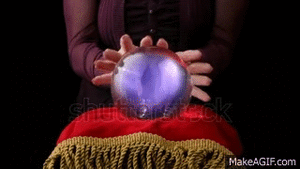
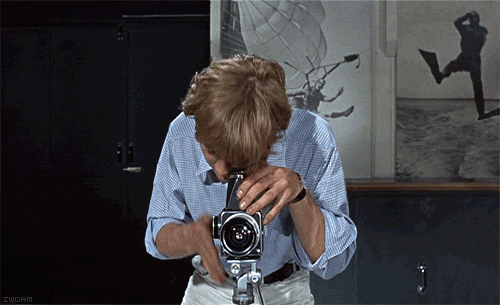
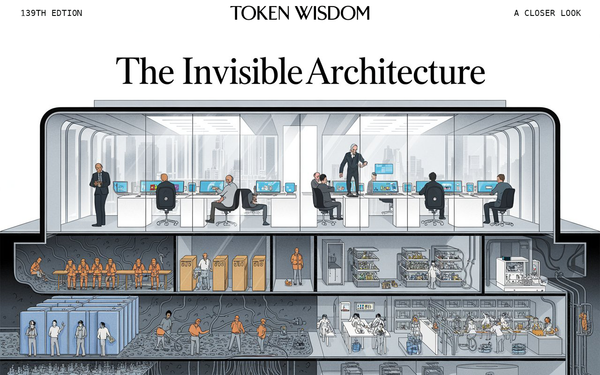
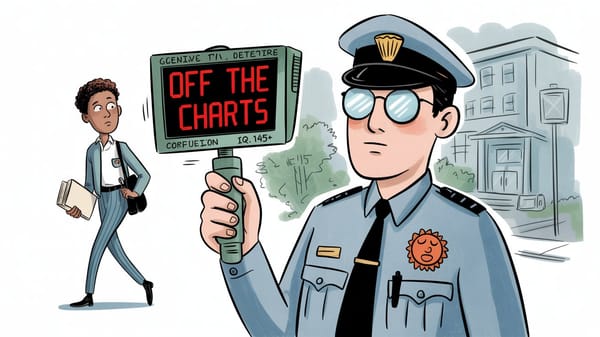
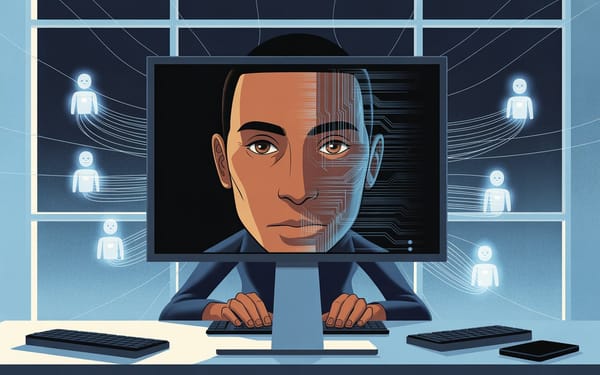
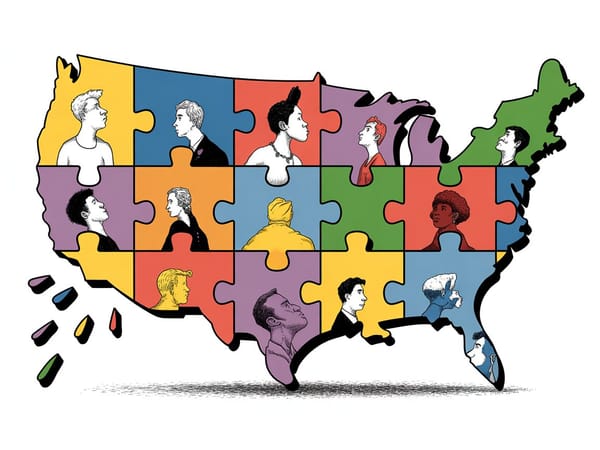
Member discussion